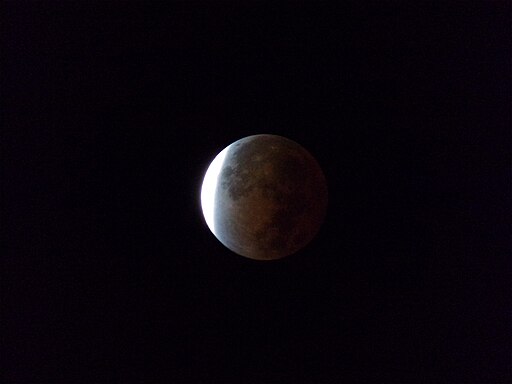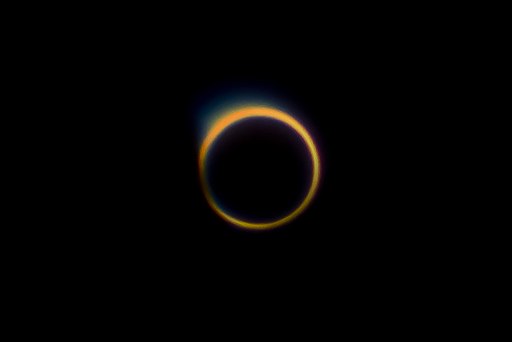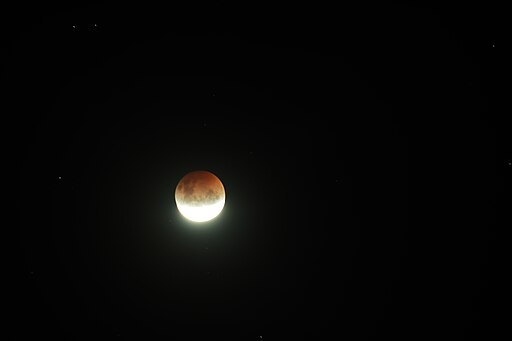The umbra is the fully shaded inner region of a shadow, while the penumbra is the partially shaded outer region surrounding the umbra.
TL;DR Penumbra Vs. Umbra
Penumbra refers to the outer region of a shadow where only a portion of light is blocked. It creates a gradual transition from light to dark and is commonly seen during partial eclipses or when an object partially blocks a light source.
Umbra signifies the central core area of a shadow where all direct light is obstructed. It results in complete darkness and occurs during total solar or lunar eclipses when one celestial body aligns perfectly with another, casting its shadow on Earth.
Defining Penumbra

Shadows occur when an object blocks a source of light, creating an area where light is obstructed. However, not all shadows are created equal.
The penumbra is that fuzzy outer region surrounding the central dark portion of a shadow known as the umbra. It’s like the twilight zone between full illumination and complete darkness. In other words, if you were standing in the penumbra during a solar eclipse, you would experience partial blocking of sunlight rather than complete darkness.
This phenomenon arises because light from a distant source (like the sun) becomes partially blocked by another object (such as the moon). As a result, two overlapping regions form: one where direct sunlight cannot reach at all (the umbra), and another where only some portions are obscured (the penumbra).
Understanding how shadows behave allows scientists to predict and study eclipses with remarkable accuracy. Observing these events can provide valuable insights into our solar system and teach us more about celestial mechanics.
Defining Umbra

Umbra, a word derived from Latin meaning “shadow,” refers to the darkest part of a shadow. It is the region where an object completely blocks out all sources of light. In simpler terms, it is the area where no direct light can penetrate.
When you stand in the umbra, you will experience complete darkness. This occurs during events such as solar eclipses when the Moon passes directly between Earth and the Sun, casting its shadow on our planet’s surface. The umbra forms a cone-like shape that extends from the Moon’s surface to Earth.
The size and shape of an umbra depend on various factors including the distance between the object casting it and the source of light. For example, during a lunar eclipse, when Earth comes between the Sun and Moon, we witness a large and circular-shaped umbra cast by our planet onto its celestial neighbor.
Exploring concepts like penumbra versus umbra helps us grasp these phenomena better. So next time you find yourself standing in eerie darkness during an eclipse or observing shadows cast by objects around you, take a moment to appreciate nature’s intriguing play of light and shade!
Penumbra Vs. Umbra – Key differences
| Criteria | Penumbra | Umbra |
|---|---|---|
| Definition | Partially shaded outer region of a shadow | Fully shaded inner region of a shadow |
| Light Exposure | Receives some direct light but less than outside the shadow | Receives no direct light, complete darkness within |
| Shadow Gradation | Gradual transition from light to dark | Sharp transition from light to complete darkness |
| Types of Shadows | Present in both lunar and solar eclipses | Present in solar eclipses, where the moon or object casts a shadow on Earth |
| Size Relative to Umbra | Larger in size, surrounds the central dark region (umbra) | Smaller in size, located at the center of the shadow |
Examples of Penumbra and Umbra
Penumbra Examples
Lunar Eclipse:
During a lunar eclipse, the Earth casts both a penumbra and an umbra on the moon. The penumbra is the outer, partially shaded region.
Partial Solar Eclipse
When the moon partially covers the sun, the shadow it casts on Earth has a penumbra around the central umbra, creating a partial solar eclipse.
Tree Shadow
A tree on a sunny day can cast a shadow with a penumbra around the edges, where the sunlight is partially blocked by the branches.
Umbra Examples
In a total solar eclipse, the moon’s umbra creates a shadow on Earth, plunging a specific region into complete darkness.
Indoor Lighting
In a well-lit room, an object positioned in a way that prevents direct light from reaching a certain area will create an umbra on the floor or wall.
Building Shadow
A tall building can cast an umbra on the ground when the sun is at a certain angle, creating a sharply defined area in complete shadow.
Image Credits
Featured Image By – IFergo05, CC BY-SA 4.0, via Wikimedia Commons
Image 1 By – Aaron Lucas, CC BY-SA 4.0, via Wikimedia Commons
Image 2 By – Anoop K R, CC BY-SA 4.0, via Wikimedia Commons








